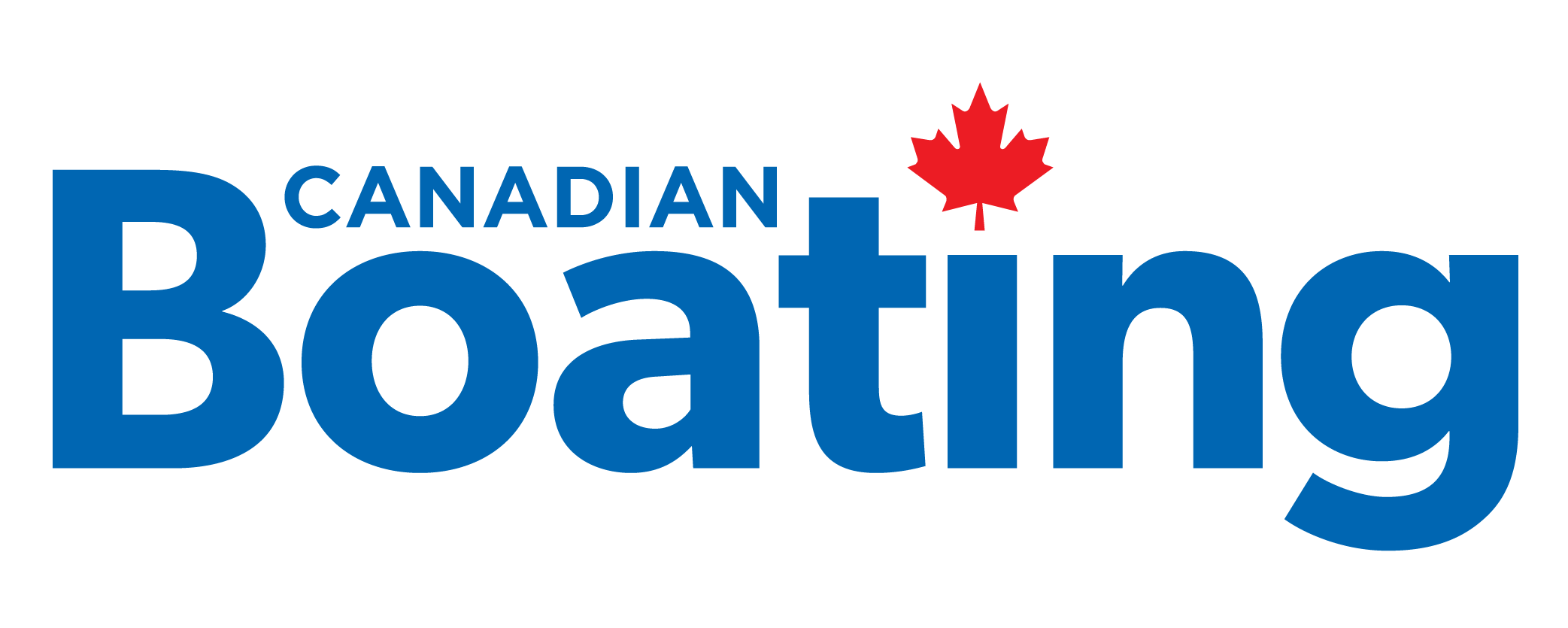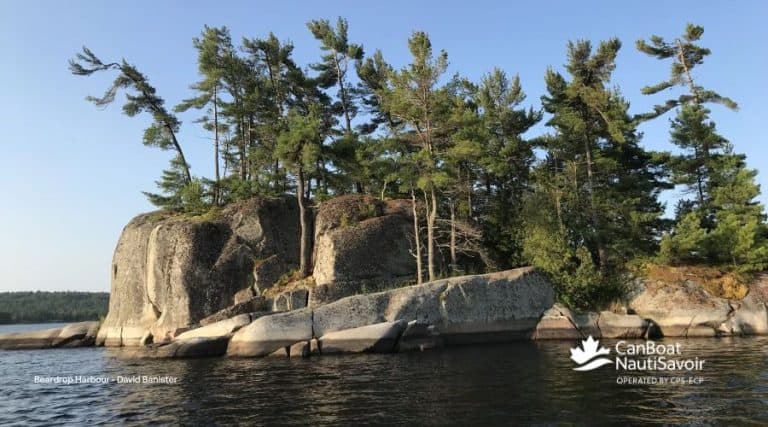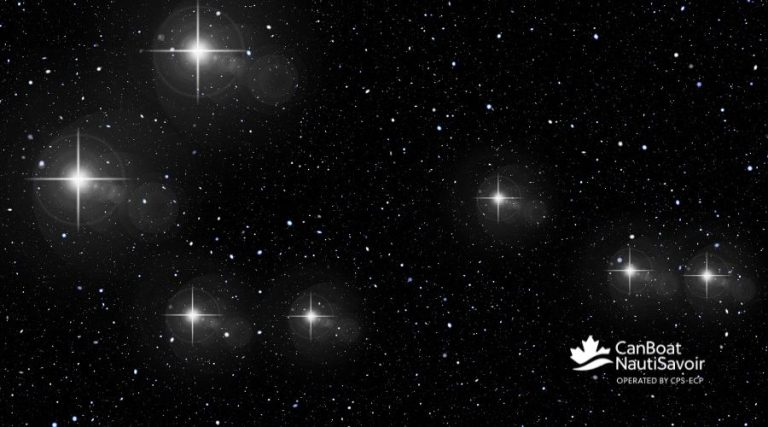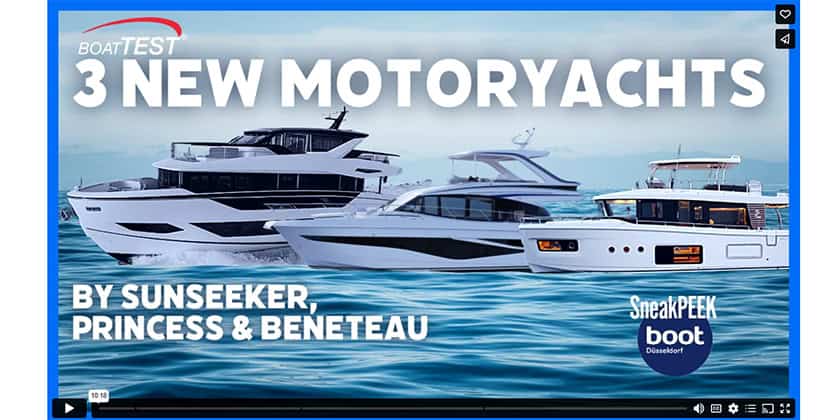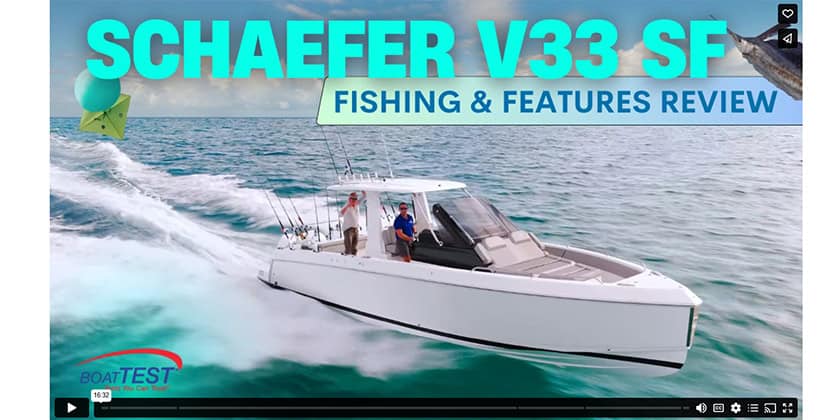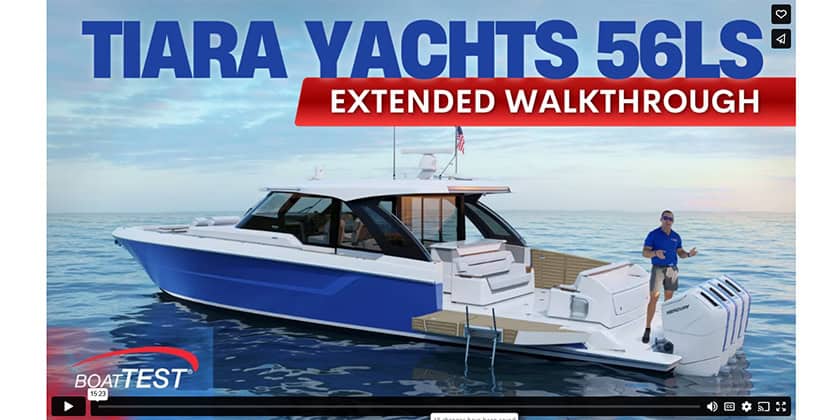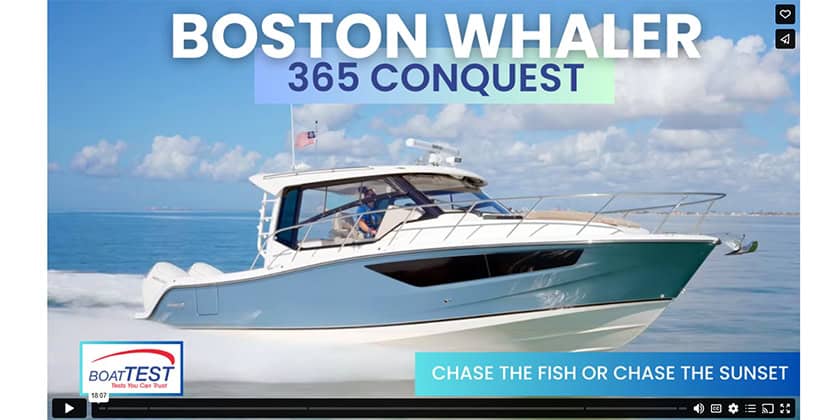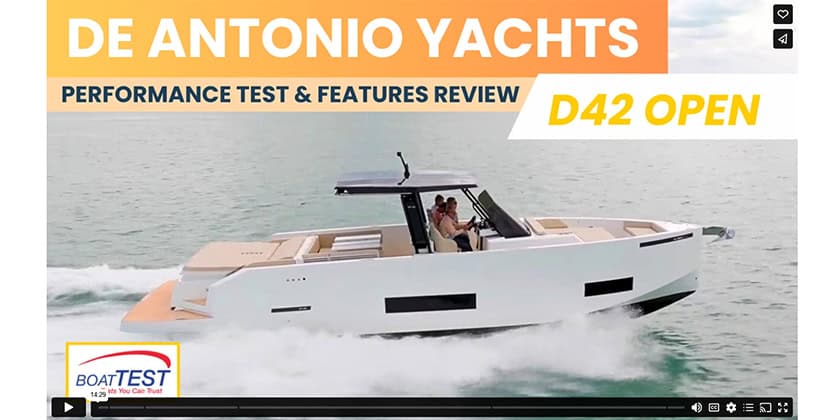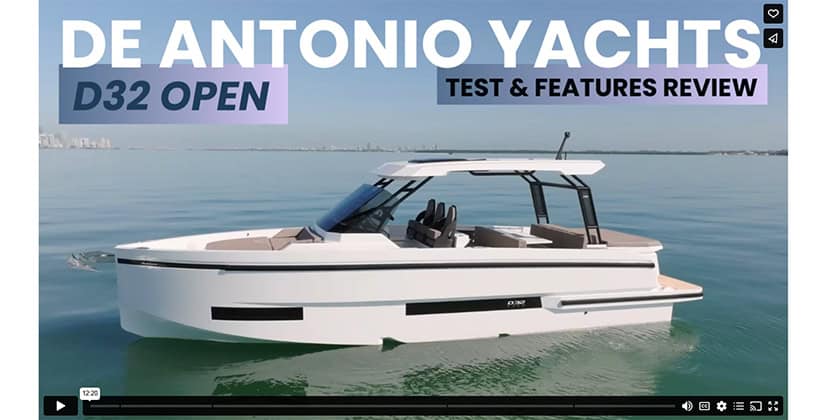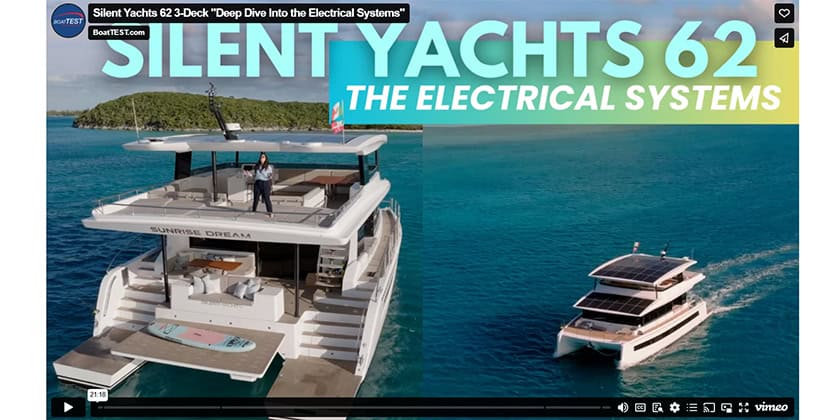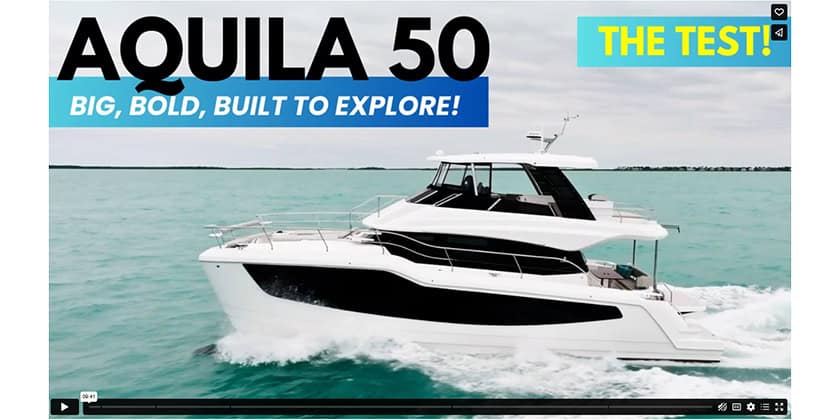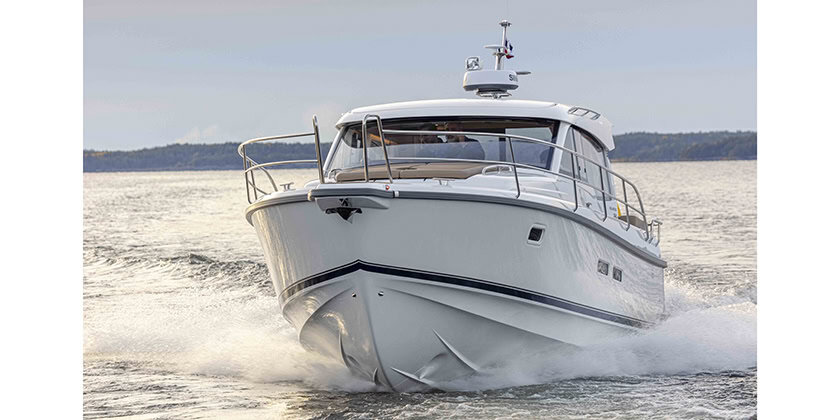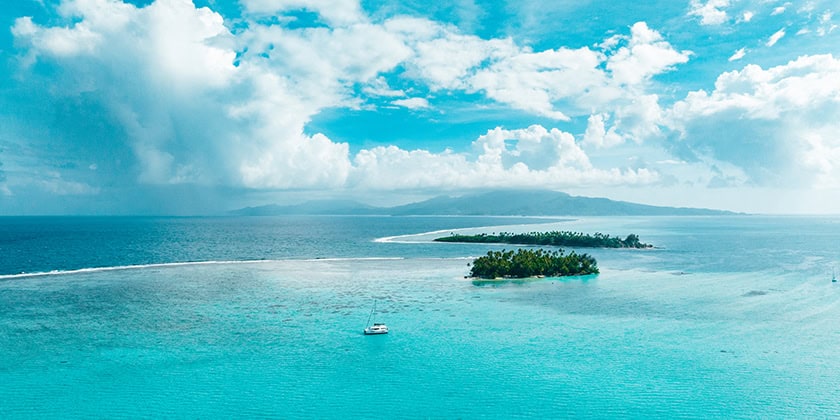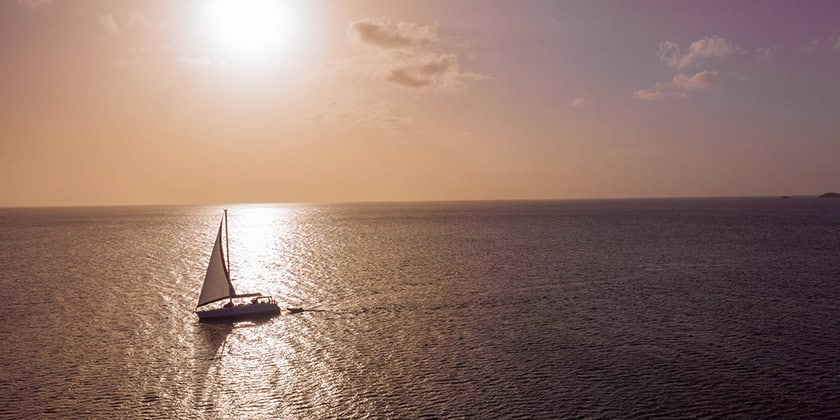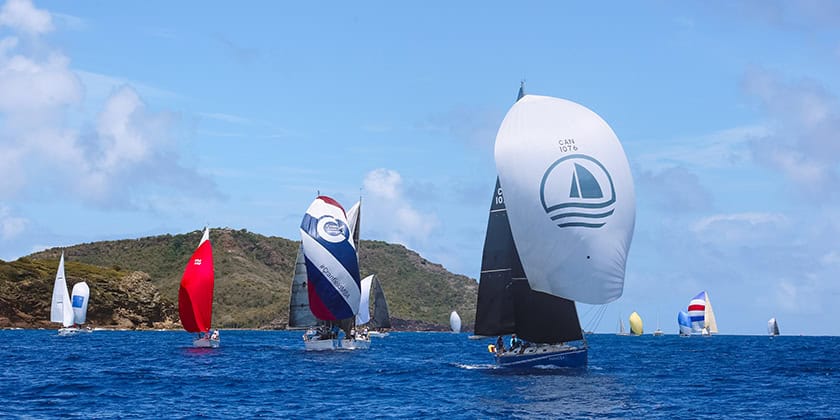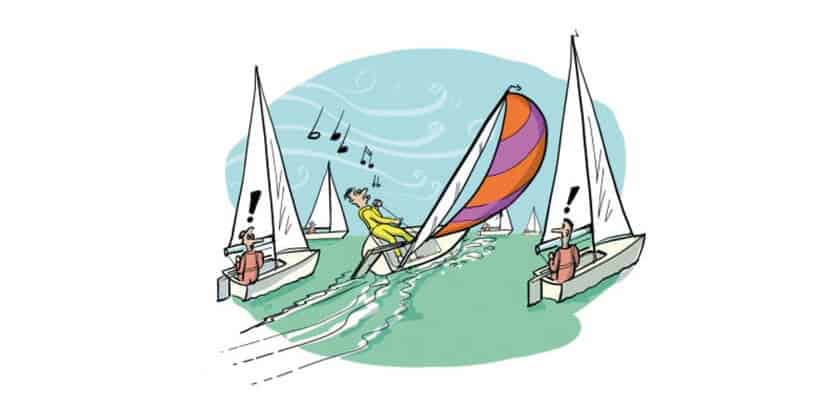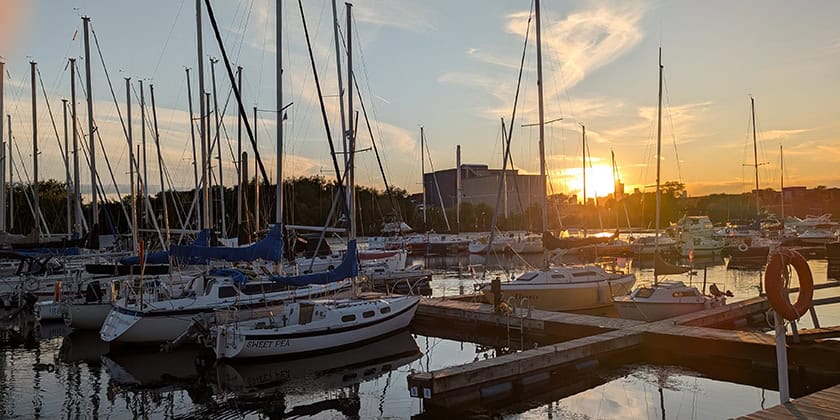“The Return of Giants- Why Humpback Whales are a game changer for boaters”

Sept 23, 2021
By the Marine Education and Research Society
Humpback Whales were heavily targeted by whaling. The last whaling station in BC only closed in 1967. Humpbacks remained an uncommon sight off our coast for many decades. As an indication of how quickly the numbers of Humpbacks have increased, in 2003, when we began research in our core study area around northeastern Vancouver Island, we documented only seven Humpbacks in the whole year. By 2019, we documented 95 in the same area with the same amount of research effort.
With the return of these giants, there is an increased overlap with human activities. Therefore, it is essential that coastal British Columbians know about large whales like Humpbacks, for the sake of whale AND boater safety. Not only have whales died as a result of collision and entanglement, there has been significant human injury (one boater is paralyzed as the result of collision), kayaks have been flipped, and motorized vessels have been disabled.
One of the most common misconceptions about Humpbacks is that they know where boats are and will get out of the way. Unlike toothed whales, such as Orca, Humpback Whales do not have the same bio-sonar capabilities. These giants are very unpredictable. They can be oblivious of boats especially when feeding or socializing. They can be resting just below the surface; unexpectedly surface after long dives; or suddenly become acrobatic.
A further dangerous misconception is that Humpbacks are migrating through BC waters, travelling in a predictable direction. Reality is that many of these whales return from the breeding grounds to feed in the same, specific areas of our coast year-after-year. They are seasonal neighbours who have preferred feeding areas and strategies. Thereby, they are often travelling in unpredictable patterns in the same area NOT travelling in a straight line.
What can you do to reduce your risk of collision?
1) Give whales space. It is the law to stay 100 metres away from Humpbacks and this becomes 200 metres when the whales are resting or with a calf. Since it is difficult to determine if a whale is resting or when is a mother with a calf, we recommend always staying at least 200 metres away from Humpback Whales.
2) Always be on the lookout for blows and other indicators of whale presence such as large aggregation of birds. Humpbacks and some bird species share the same food sources, such as krill and small schooling fish. More birds therefore signal an increased chance of whale presence.
3) If despite your vigilance, a whale surfaces within 100m, shut off the boat engine until the whale is beyond 100m.
4) Watch for vessels flying the “Whale Warning Flag”. This signals that whales are in the area.
5) Familiarize yourself with areas known to have a greater likelihood of whale presence and be extra vigilant in these areas. See link below.
6) Know the laws and further best practices. www.SeeABlowGoSlow.org Includes that it is the law to report any collisions and entanglements to the DFO Incident Reporting Line. See
Next month: “How to Save a Whale. What to do (and not to do) if you see an entangled whale.”
